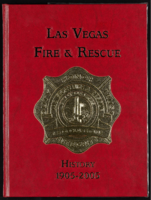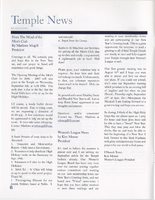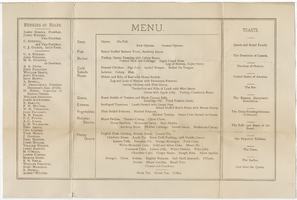Search the Special Collections and Archives Portal
Search Results

Las Vegas Fire & Rescue History, 1905-2005: commemorative book
Date
Archival Collection
Description
Cherina Kleven appears on pages 43, 46, 55, 56, and 70.
Mixed Content
The Production Company Audiovisual Collection
Identifier
Abstract
The Production Company Audiovisual Collection consists of commercials, advertising, and political campaigns from approximately 1965 to 1995 created by The Production Company, a television production company founded by Thomas “Bob” Patrick in Las Vegas, Nevada. The collection consists of primarily 16 mm film and video formats such as VHS, U-Matic, Betacam, open reel, Type C, and quadruplex. The videotapes and films in this collection represent advertising and marketing for hotels and casinos, entertainment companies, politicians, and local businesses located in Las Vegas, Nevada.
Archival Collection
J. A. Tiberti Construction Records
Identifier
Abstract
The J. A. Tiberti Construction Records include material documenting construction work performed throughout Las Vegas, Nevada between 1950 and 2011 including bid packages, specifications, contracts, correspondence, company records, legal documents, and architectural plans.
Archival Collection
Antonio Morelli Photograph Collection
Identifier
Abstract
The Antonio Morelli Photograph Collection documents the professional and private life of the Sands Hotel Orchestra conductor, Antonio Morelli, from 1932 to approximately 1970. The majority of the photographs show events, Copa Room showgirls, and the orchestra at the Sands Hotel and Casino in Las Vegas, Nevada during the 1950s and 1960s. Subjects depicted in the photographs include a Copa girl with an atomic bomb crown, Joe W. Brown's Horseshoe million dollar display at Binion's Hotel and Casino, and Antonio Morelli performing with Jimmy Durante and Carl Cohen.
Archival Collection

Meeting minutes for Consolidated Student Senate University of Nevada, Las Vegas, June 20, 1994
Date
Archival Collection
Description
Text

Meeting minutes for Consolidated Student Senate University of Nevada, Las Vegas, February 16, 1994
Date
Archival Collection
Description
Text



